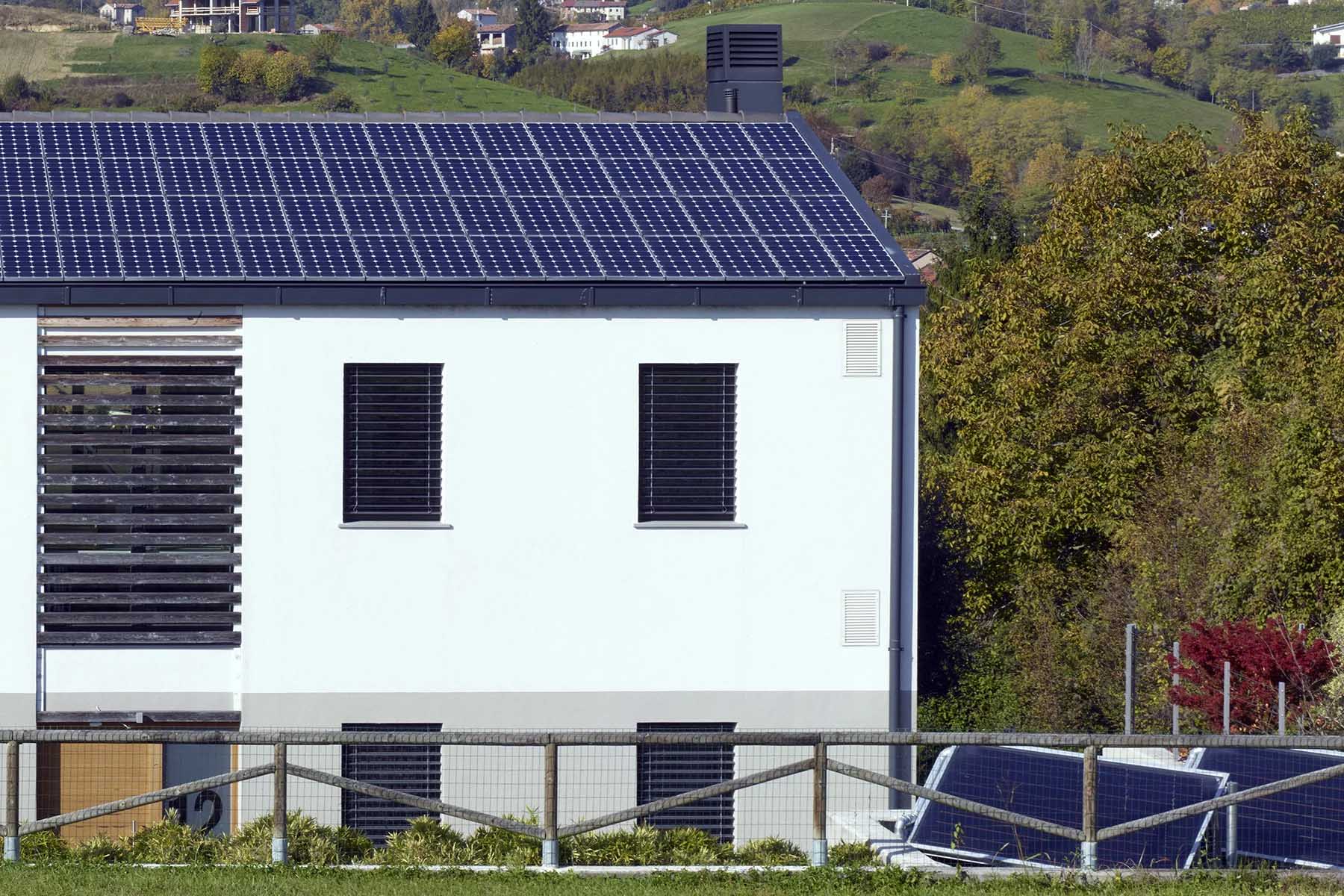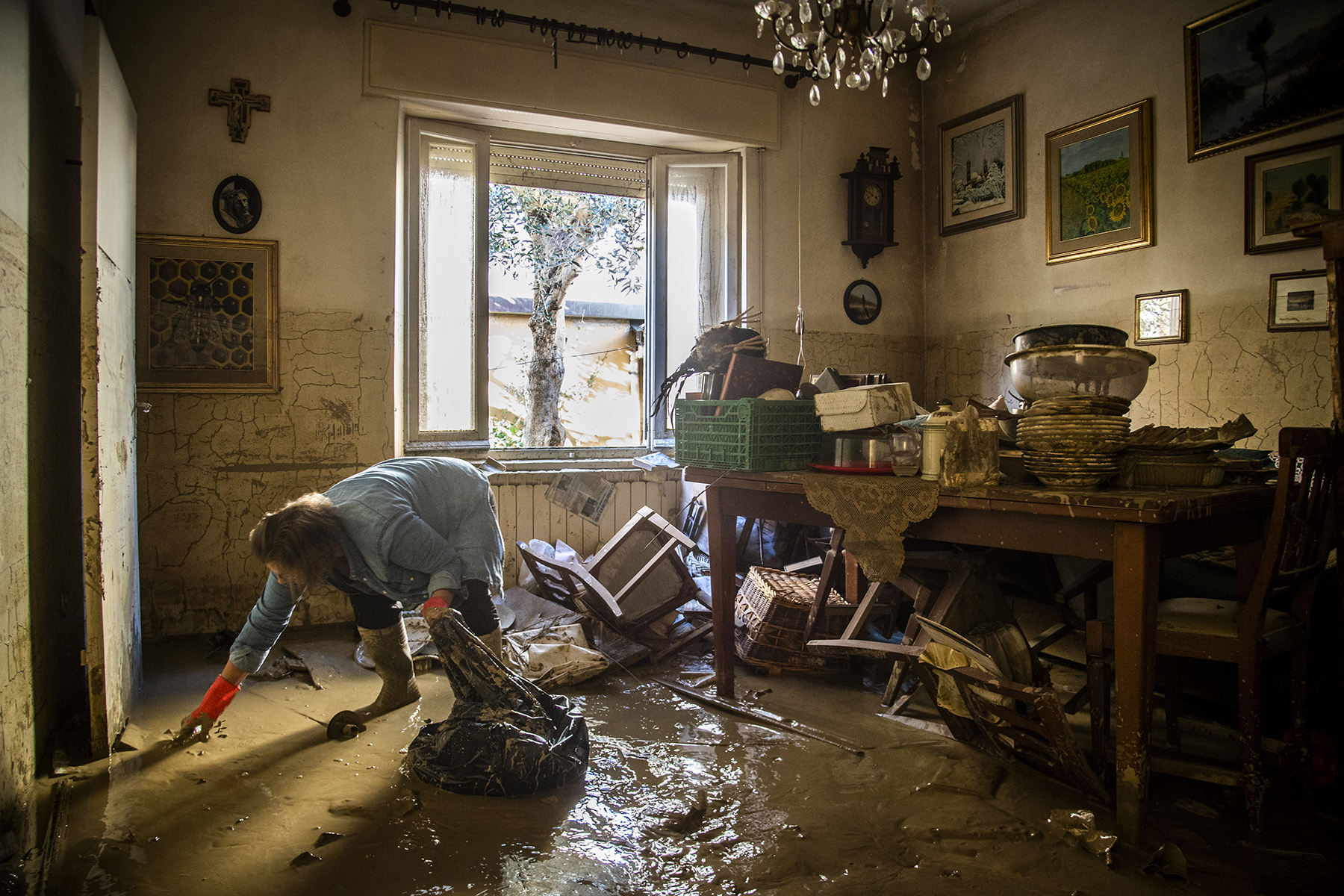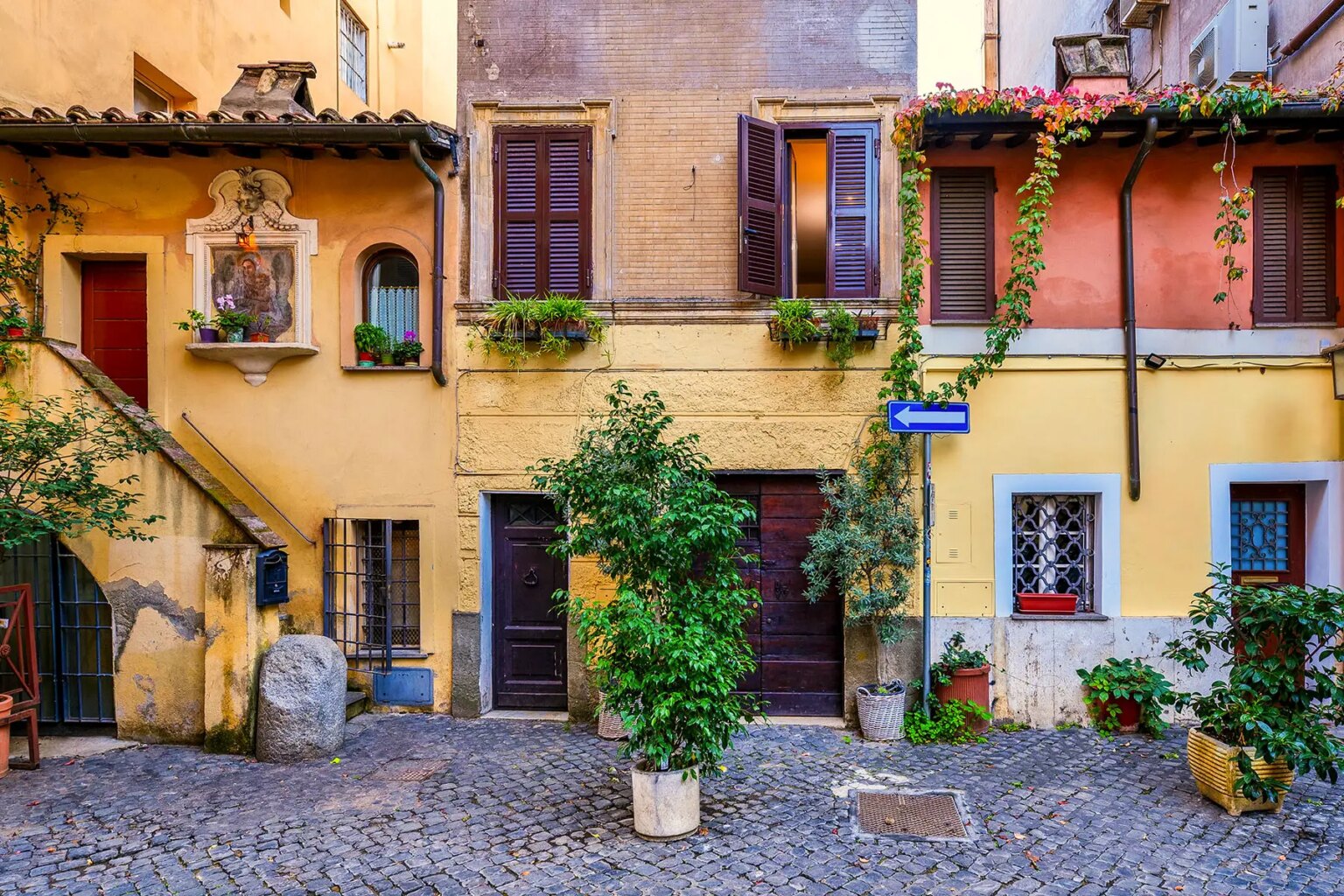Fortunately, expats can access a wide range of fixed- and variable-rate mortgage options in Italy, with no legal restrictions on foreign borrowers. However, local banks often have stricter lending criteria, which may affect how much you can borrow compared to your home country.
Keep reading for more on these topics:
- Mortgages in Italy
- Can you get an Italian mortgage as a foreigner?
- 2025 Italian mortgage rates
- How much can you borrow for an Italian mortgage?
- Types of mortgages in Italy
- Green mortgages in Italy
- How to apply for a mortgage in Italy
- Other mortgage fees and costs in Italy
- Taxes and tax relief on mortgages in Italy
- Do you need property insurance to get an Italian mortgage?
- How do mortgage repayments work in Italy?
- Refinancing a mortgage in Italy
- Useful resources
MutuiSupermarket
How do you know you’re getting the best deal on your Italian mortgage? Check with MutuiSupermarket. Their online tool allows you to compare quotes from a huge number of Italian banks. Simply calculate your installments and choose the mortgage to suit your needs with MutuiSupermarket.
Mortgages in Italy
When buying a property in Italy, it’s likely that you’ll need to take out a mortgage (mutuo) to cover a portion of the purchase price. Mortgages are readily available in Italy, subject to you having a big enough deposit and meeting the criteria on earnings and repayments set by banks.

Italy is a nation of homeowners. Just over 74% of Italians own property, compared to an EU average of 69%. Mortgages are common but many people own their house outright. According to a 2024 report by the Italian Banking Association, the mortgage market is currently decreasing slightly due to higher interest rates, declining consumer confidence, and a drop in the real estate market.
Can you get an Italian mortgage as a foreigner?
Most expats can apply for a mortgage in Italy without restrictions, although lending rules can be stricter than in other European countries. The first hurdle you’ll need to navigate is whether you can buy Italian property. If you’re from an EU country or a country with which Italy has a reciprocal agreement, you should be able to buy a home and get a mortgage without restrictions.
If your home country doesn’t fall into these categories, however, the rules that apply to Italians in your home country apply. For example, if an Italian buyer can buy a home in your country, then you may buy one in Italy.
Financial requirements
To apply for a home loan in Italy, you must have an Italian bank account. Mortgage applicants must provide a series of identification and financial documents (more on this later). You may need to show evidence of where your deposit is coming from if you’re a non-resident.
2025 Italian mortgage rates
Mortgage rates in Italy are influenced by a range of factors, and thus can change quickly. Current rates for fixed-rate mortgages are averaging around 5%, although you can find them as low as around 3.5%. Variable rate mortgages are usually linked to the Euribor, so will fluctuate.
Many Italian lenders now offer lower interest rates on “green mortgages”, in other words loans for energy-efficient properties. It’s also worth noting that Italian mortgage rates for non-residents can sometimes be higher than average.
How much can you borrow for an Italian mortgage?
Lenders in Italy cap how much you can borrow at a maximum of 80% of the property’s value. Some lenders place stricter borrowing limits on non-residents, limiting them to 50% or 60%. In rare instances, it can be possible to borrow more than 80% of the property’s value. However, this is subject to stricter guidelines, such as putting down significant collateral.

Italian banks have a range of eligibility criteria that determines whether you qualify for a mortgage. When assessing your finances, the bank requires you to prove that your current outgoings (for commitments such as existing debts) don’t add up to more than 40% of your monthly income.
In addition, your monthly repayments cannot exceed 35% of your monthly income. These lending rules offer some protection if the borrower’s circumstances change, reducing the risk of them defaulting on their mortgage.
Mortgage terms in Italy can last from five to 30 years, with 15- and 20-year terms being the most common. If you’ll be over the age of 70 at the time the loan is repaid, you may require a younger family member to act as a guarantor.
Online mortgage calculator for Italy
Online mortgage calculators give you an indication of how much you might be able to borrow when applying for a mortgage.
Types of mortgages in Italy
There are a handful of different mortgage types available to borrowers in Italy. Fixed-rate and variable-rate mortgages are the two most common options.
Fixed-rate mortgages in Italy usually set an interest rate for the entire term of the loan (rather than a set number of years, as in some countries). These mortgages come with the benefit of knowing your repayments remain the same month-on-month.
The downside, however, is that if rates go down, you won’t benefit from cheaper repayments. Lenders charge a higher rate for a fixed-rate mortgage to reflect the fact they offer a guaranteed long-term rate.
With a variable-rate mortgage, your interest rate changes at set intervals based on an economic index (usually the Euribor rate set by the European Central Bank). Variable-rate mortgages allow you to benefit if rates fall, but you pay more if they rise.
Alternatively, you could consider taking out a hybrid-rate or split-rate mortgage. Hybrid-rate mortgages switch between fixed rates and variable rates at pre-set intervals, giving you greater flexibility. Split-rate mortgages divide the amount you borrow into two parts. One part is set at a fixed rate and the other at a variable rate.
Green mortgages in Italy
Green mortgages are growing in popularity in Italy. They’re generally available to people buying or building properties with high energy efficiency ratings.

All properties in Italy receive a grade between A and G for energy efficiency. People buying properties graded A or B may be eligible for cheaper rates if they take out a green mortgage. Some mortgage lenders also offer better rates to homeowners who borrow extra money to improve their property’s energy efficiency.
How to apply for a mortgage in Italy
Choose a mortgage
Before viewing properties, research the types of mortgages on the market and think about which type of deal might be most suitable for you. You can compare deals by using price comparison websites such as MutuiSupermarket, contacting banks directly, or taking advice from a mortgage broker. A broker can offer independent advice on your options, although this will come at a cost.
Get a customized quote
Mortgage lenders in Italy don’t usually give formal agreements in principle. However, you must be provided with a European Standardized Information Sheet (ESIS) before you commit to a deal. The ESIS is a fully customized mortgage quote based on your financial situation and circumstances – this allows you to get a firm idea of the terms you’ll be offered and compare deals more easily.
Get a formal offer
Once you choose a deal, you can proceed to the formal offer stage. The formal offer specifies exact payment terms and timetables. It also clarifies which fees you need to pay to the lender. Upon receiving the formal offer, you have a seven-day reflection period to decide whether you want to go ahead.

As part of this stage, you must provide a series of documents to the lender to verify your identity and prove your income. These include the following:
- Proof of identification: your national identification card, proof of address, and evidence of having the right to live in Italy.
- Proof of income: a statement from your employer confirming your dates of employment, salary, your most recent payslips, and your most recent tax return. If you’re self-employed, you need proof of registration with the Chamber of Commerce and your most recent income tax returns.
- Property information: details of the property you’re planning to buy, including the preliminary sales contract (compromesso), floor plan, and proof of current ownership.
Final steps
Once you provide all of the required information to the lender, you can sit tight while the process of confirming your mortgage is completed. You’ll be informed of when you need to send your deposit, and the remaining mortgage funds are released after formally signing the purchase contract in the presence of a notary.
Other mortgage fees and costs in Italy
There are a handful of costs you need to be aware of when applying for an Italian mortgage. These can include:
- Mortgage arrangement fee: this fee is paid to the bank for setting up the mortgage; it may be charged as a percentage of the loan (usually ranging from 0.5% to 2%) or as a fixed amount
- Valuation fee: this covers the cost of the mortgage company obtaining a valuation of the property, and is typically between €300 and €500
- Notary fee: this covers the cost of the notary registering the mortgage contract, typically around 1% of the mortgage amount
- Brokerage fee: if you use a mortgage broker, you will typically have to pay a fee for their services totalling between 1.5% and 4% of the mortgage amount
Taxes and tax relief on mortgages in Italy
Mortgage tax is charged as a percentage of the value of the mortgage. If you’re buying somewhere as a primary residence (prima casa), the tax rate is 0.25%. If you’re buying an additional property (for example, a holiday home or buy-to-let), it’s 2%. The bank that provides your mortgage will withhold this tax directly.
Italian residents qualify for a tax credit of up to 19% of the mortgage interest paid each year, up to a maximum of €4,000.
Do you need property insurance to get an Italian mortgage?
Mortgage lenders in Italy require you to take out a building insurance premium to cover the cost of any damage to the structure of the property due to storms or flooding, for example. Contents insurance policies protect your valuables against theft or damage and are available for purchase as an optional extra.

Your bank may also require you to take out a life insurance policy. This provides coverage if you are unable to make your mortgage payments due to serious illness or death. The lender may offer its own life insurance policies. However, you are free to shop around to see if you can get a better deal from other providers on an insurance policy in Italy.
How do mortgage repayments work in Italy?
When you take out an Italian mortgage, the bank provides you with an amortization schedule. This specifies the amount you’re borrowing, the payment schedule (payments are usually on a monthly basis), the planned end date of the mortgage, and the overall amount of interest payable.
Most commonly, borrowers take out repayment mortgages. This means you pay a portion of the balance and interest every month for a specific number of years. Interest-only mortgages, where you just pay the interest and settle the outstanding balance at the end of the term, are uncommon.
If you are struggling to make your mortgage payments, you should contact your bank in the first instance, as it may be able to offer support. This could include amending the details of the mortgage, either by extending the overall mortgage term (thereby reducing your monthly payments) or temporarily deferring your repayments.
If your payment is more than 30 days late, the lender will consider you to be in arrears. In the most serious cases, a prolonged period of failing to pay your mortgage can result in foreclosure.
Unlike some European countries, you are free to remortgage to another lender in Italy without needing to pay any penalties.
Refinancing a mortgage in Italy
You can refinance your mortgage in Italy by either transferring your existing mortgage to a new provider (surroga) or by renegotiating the terms with your existing lender. The good news is that, thanks to a 2007 Italian law, you can refinance your mortgage without incurring any costs.
You may want to take advantage of mortgage refinancing in Italy to benefit from lower interest rates if you’re on a fixed-rate mortgage, or to opt for better loan terms such as extending the repayment period.
Useful resources
- Idealista – a price report for properties for sale in Italy
- Euribor rates – an overview of the Euribor rates for 2023
- Eurostat – provides more information about the EU’s housing situation



